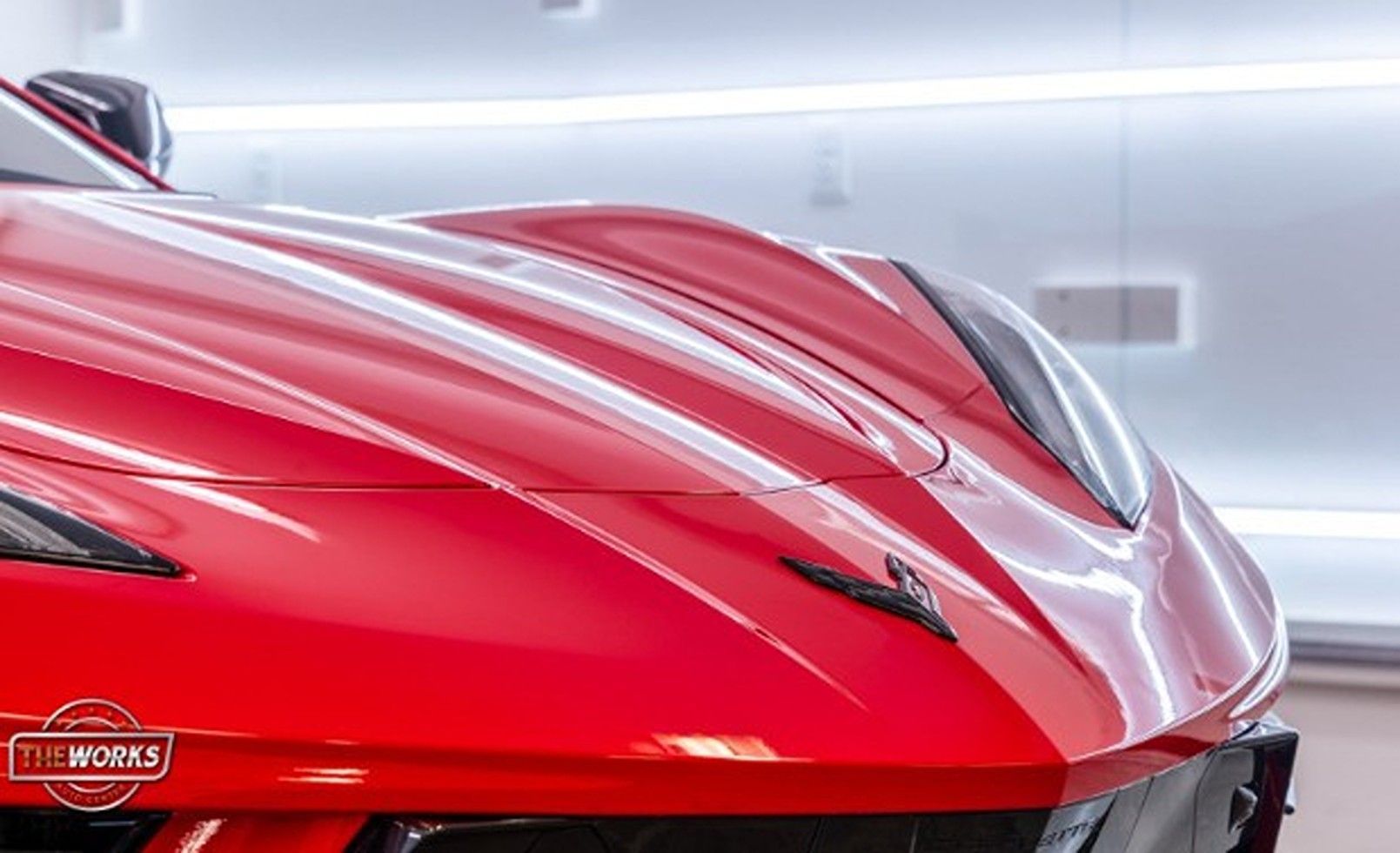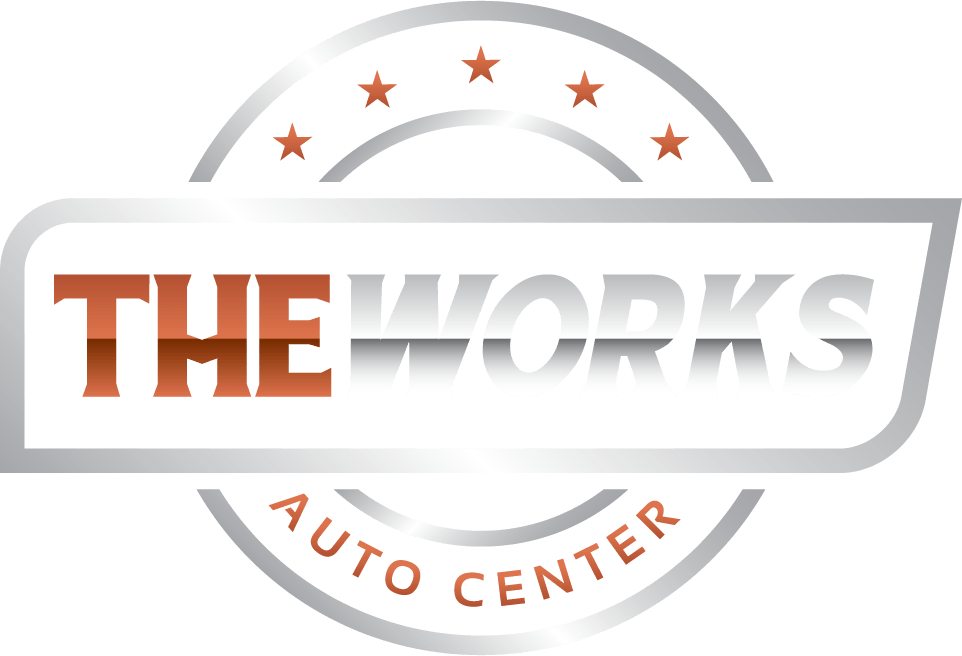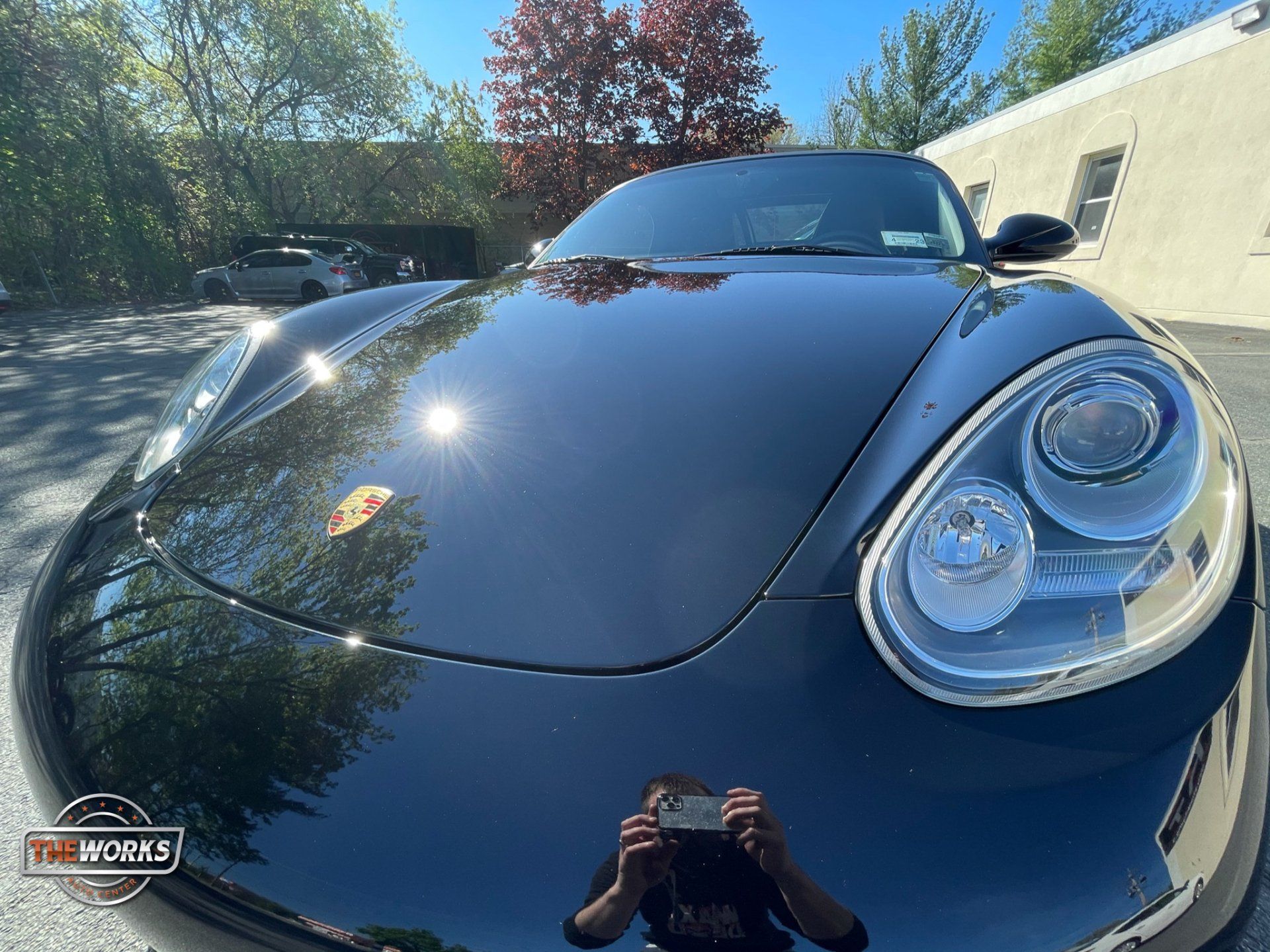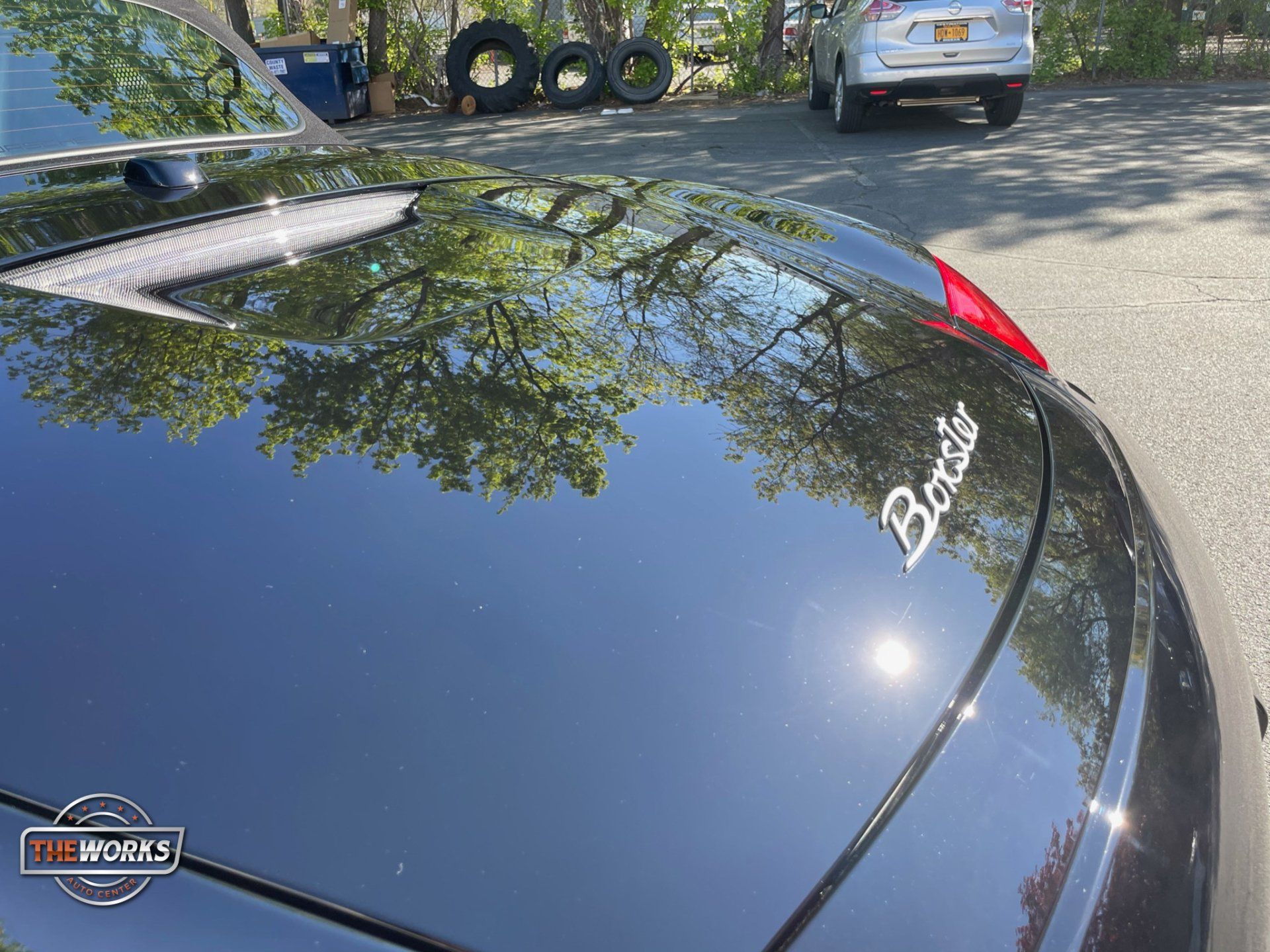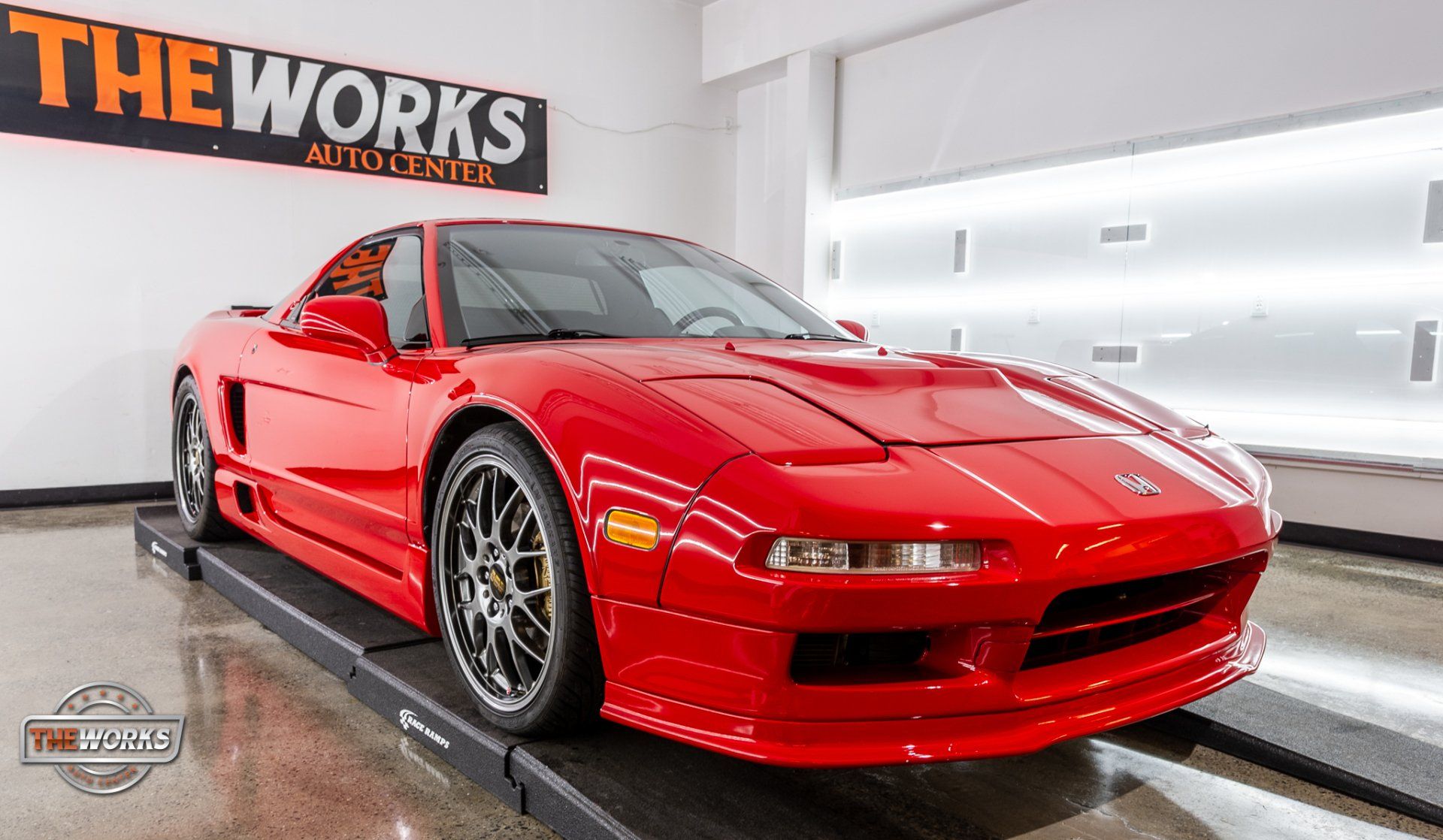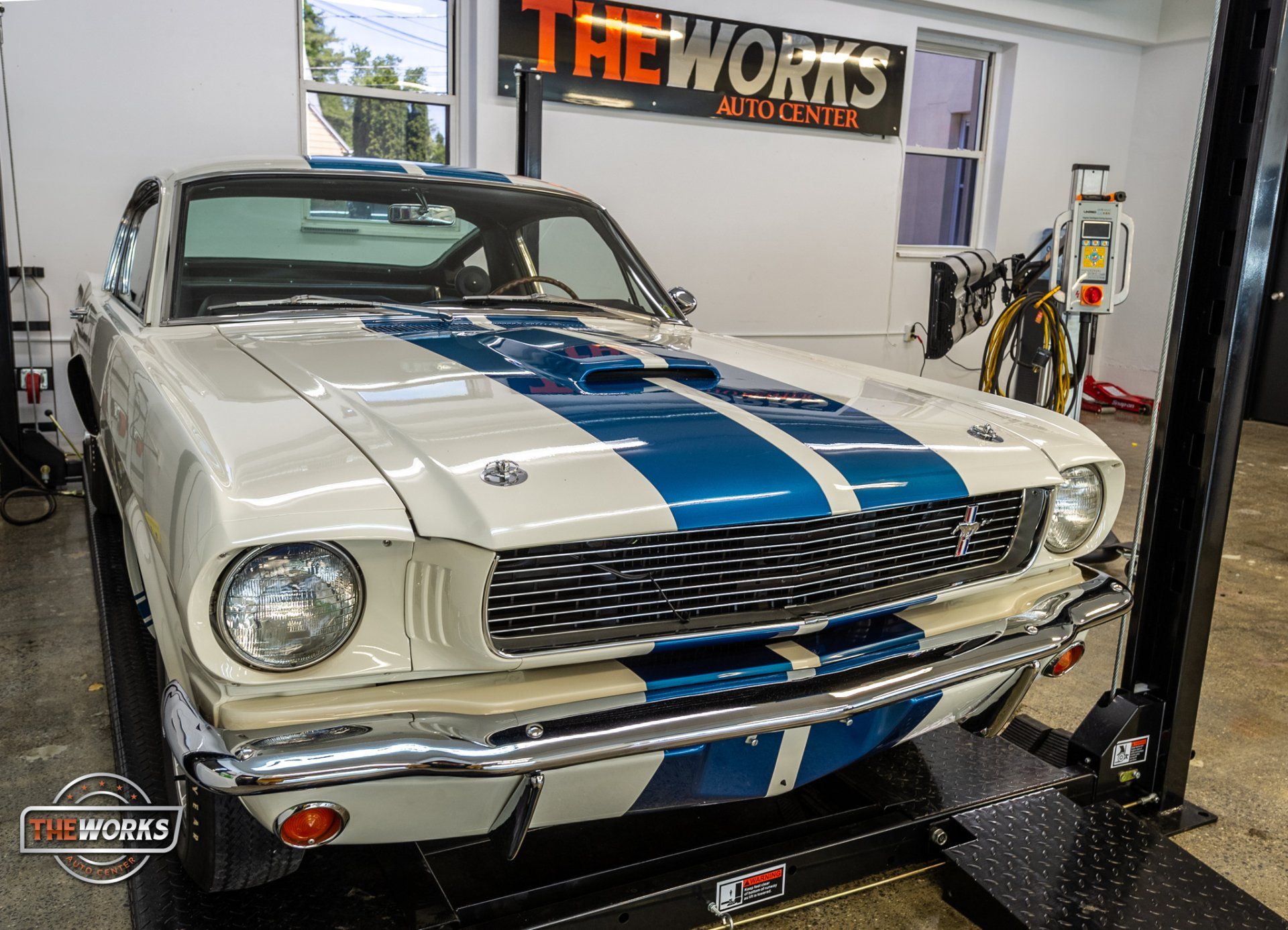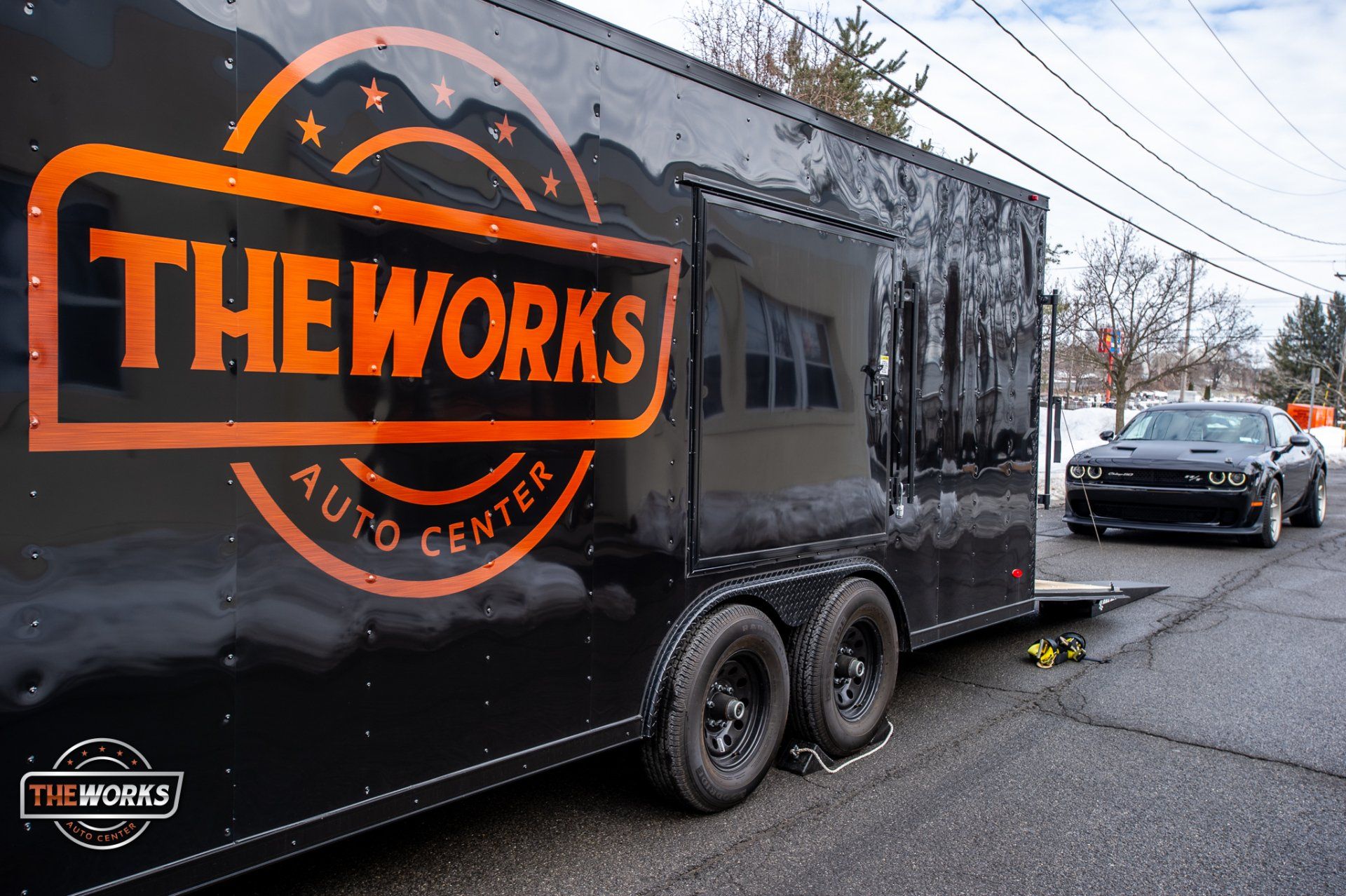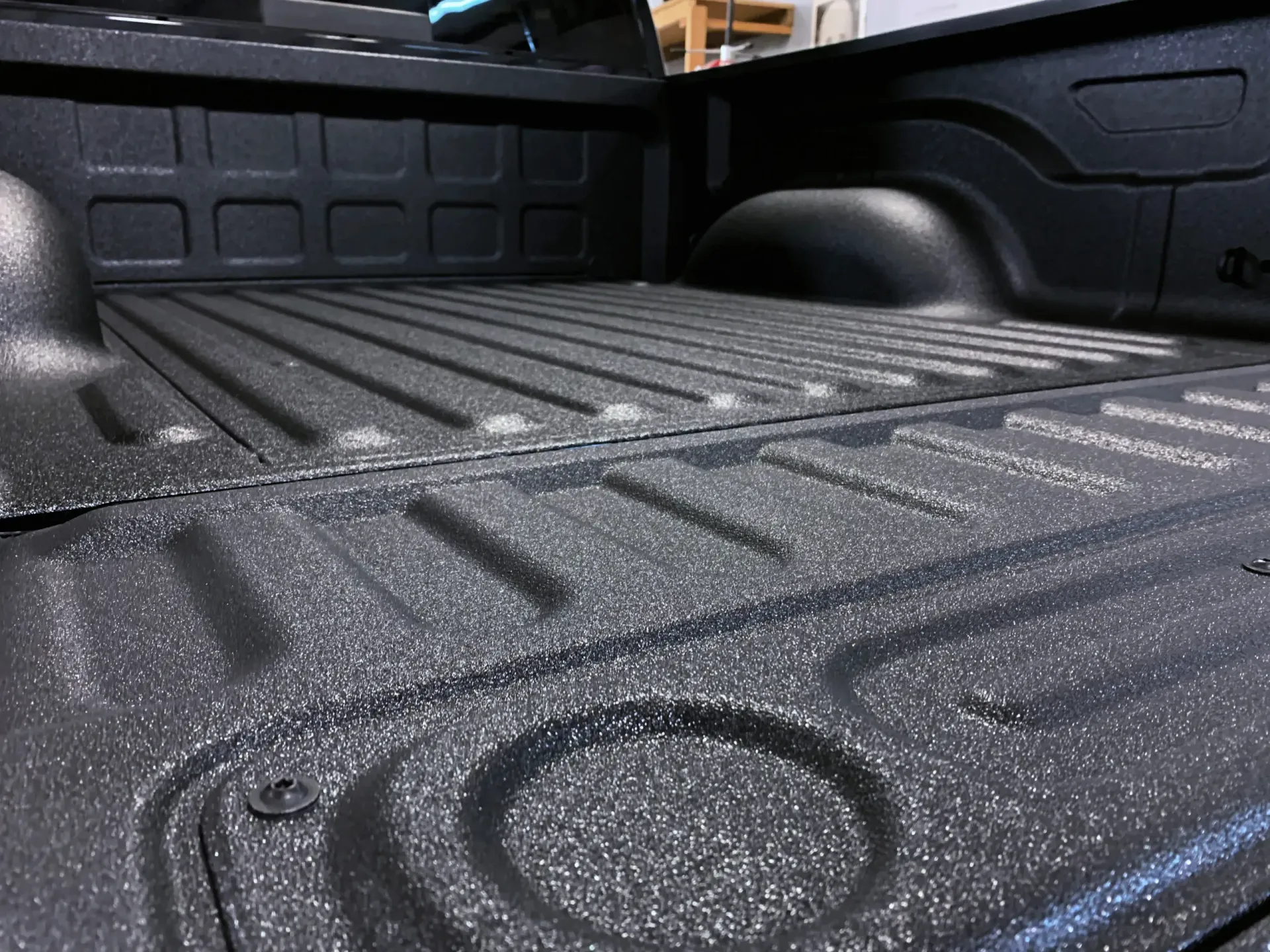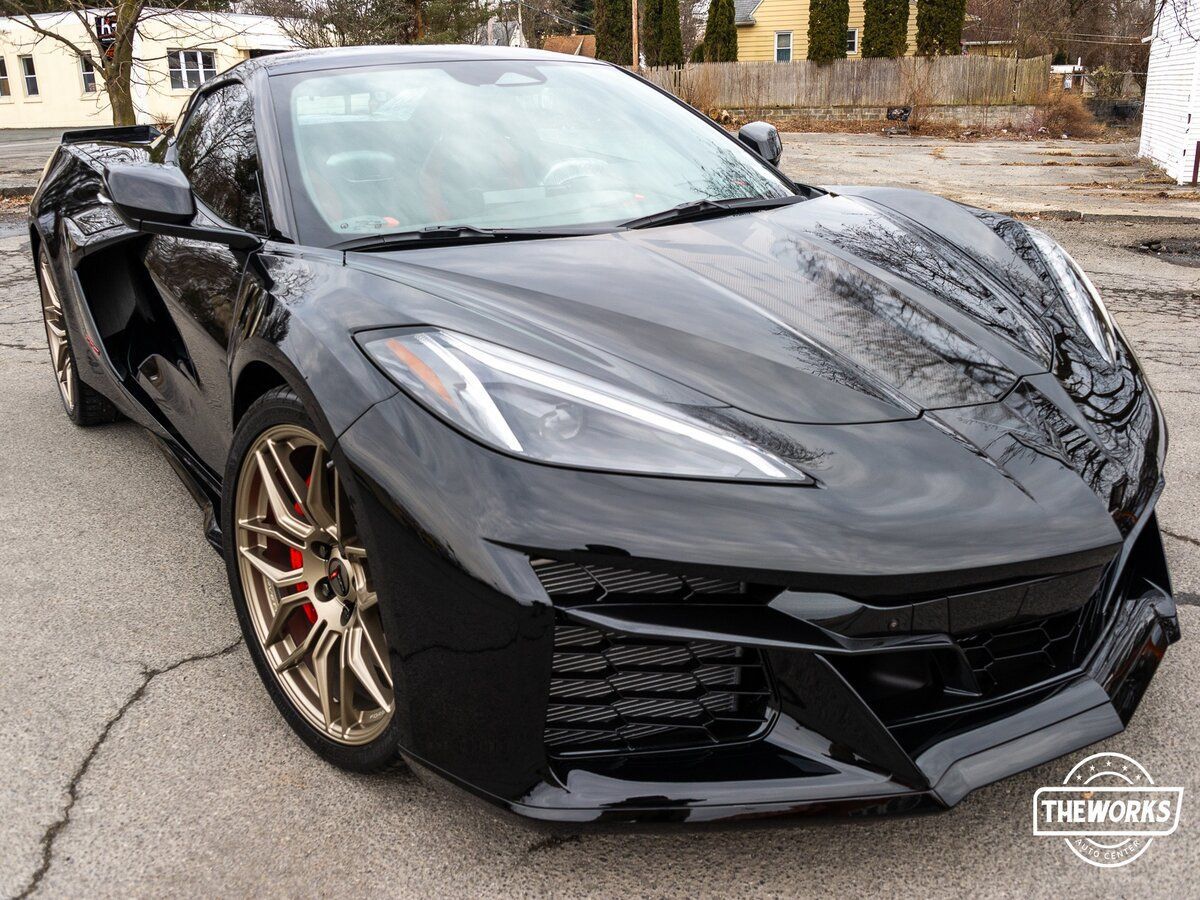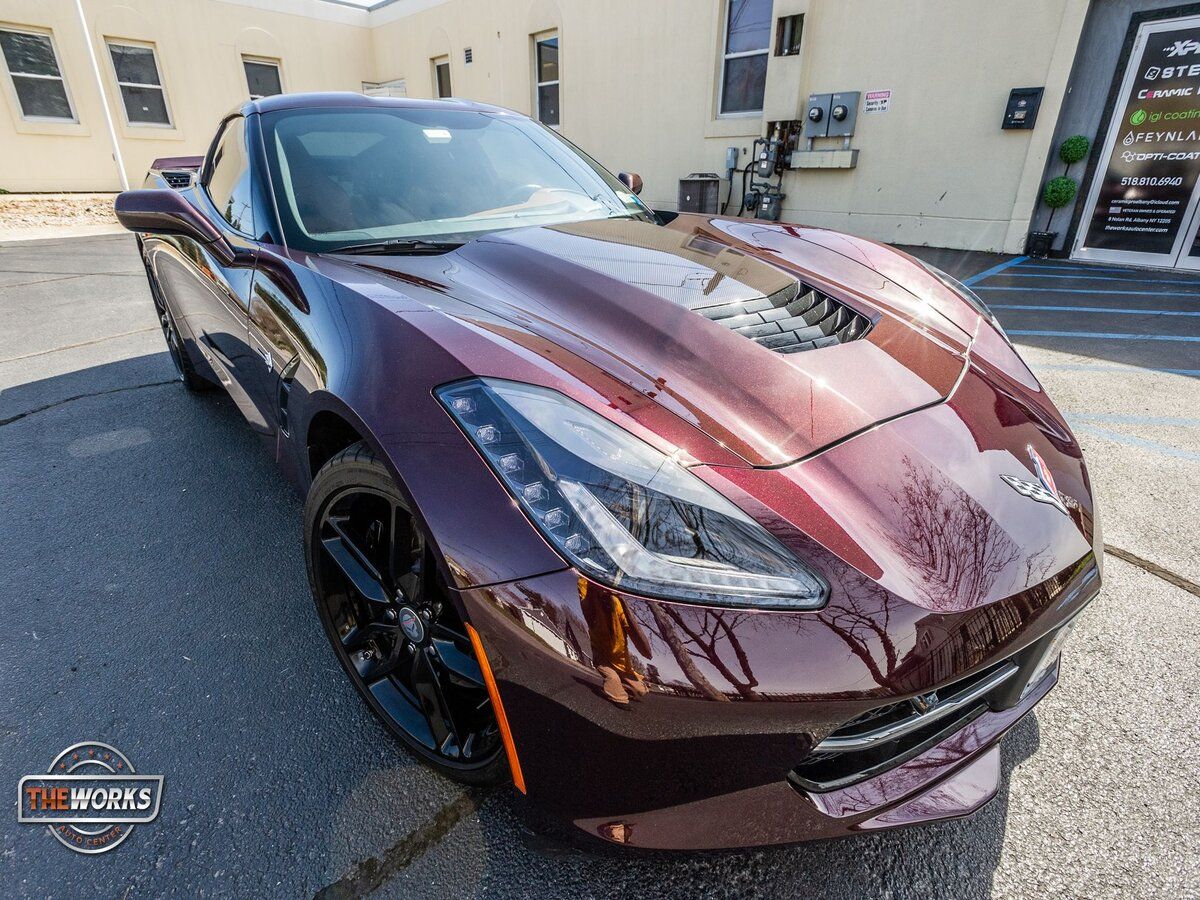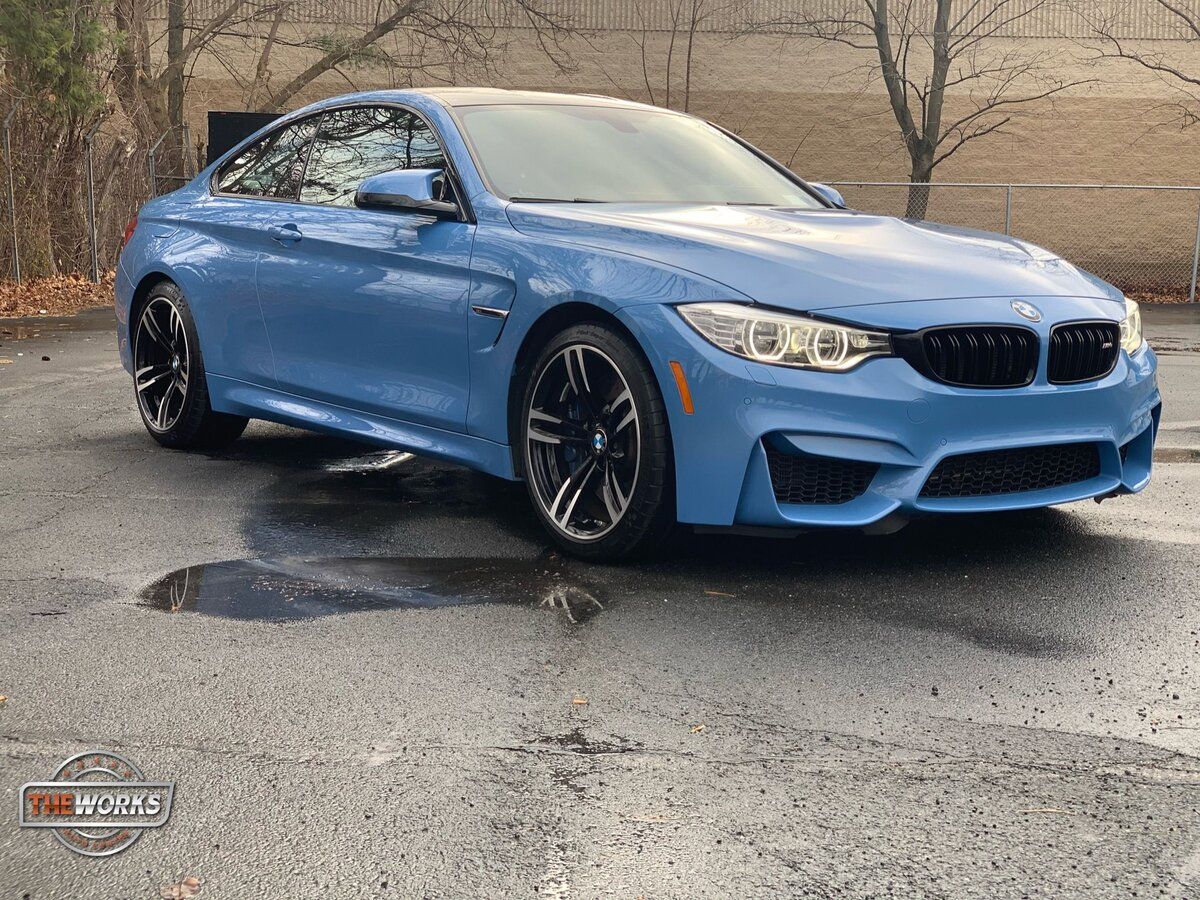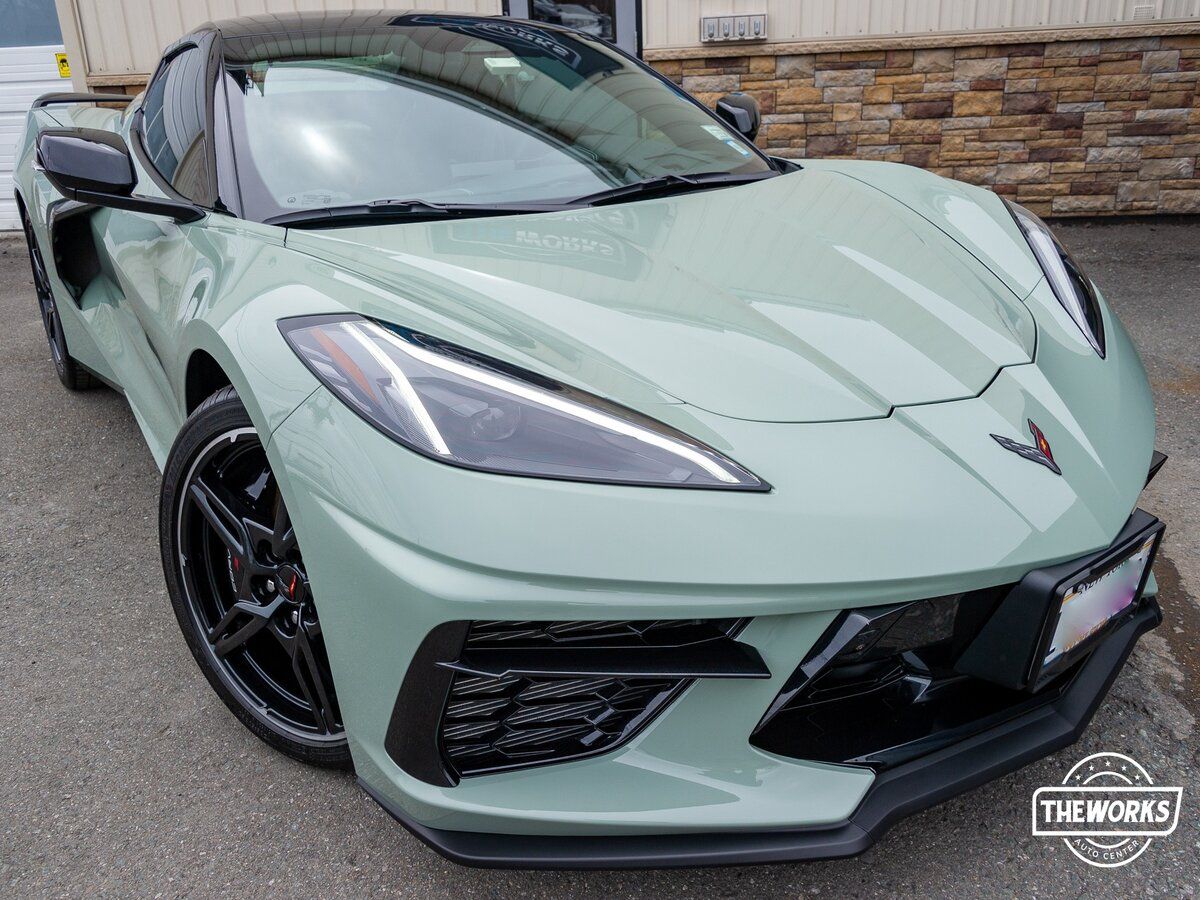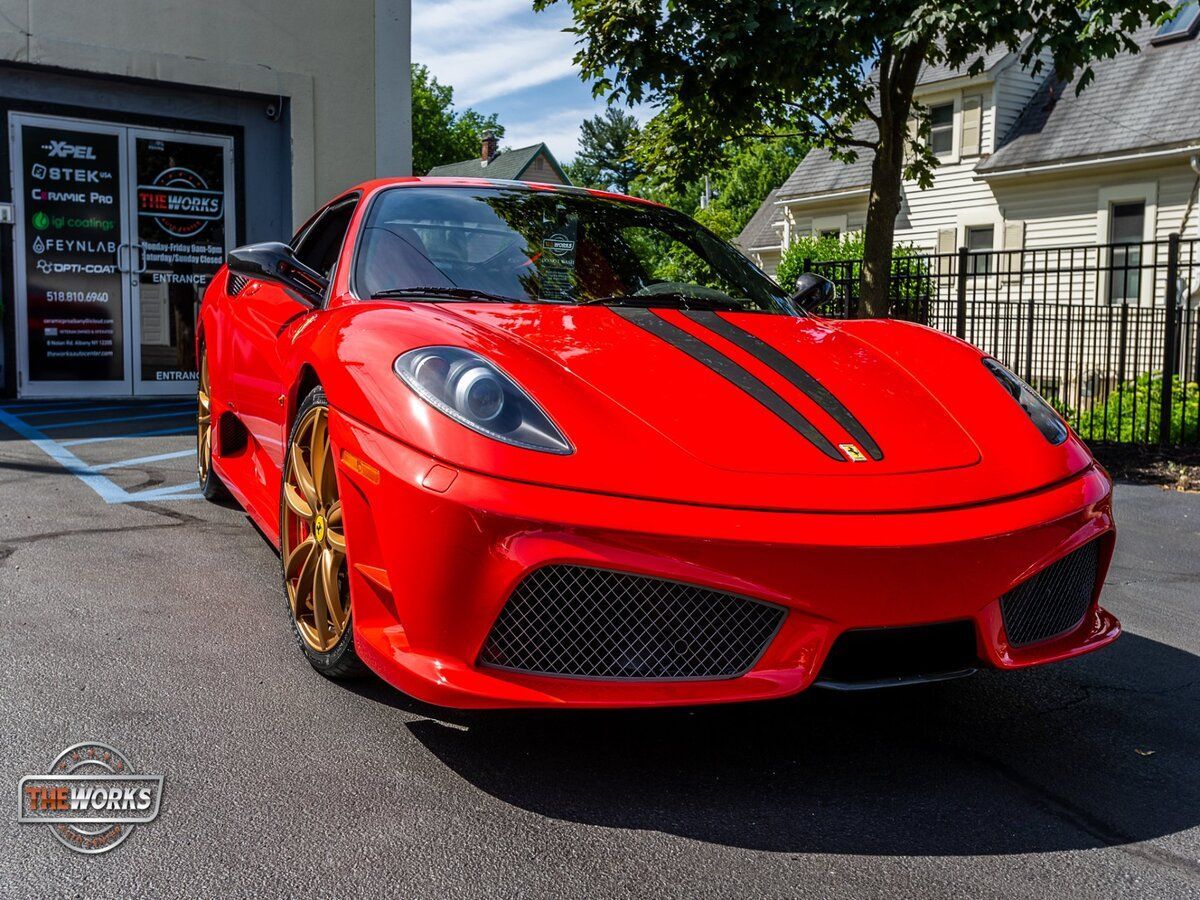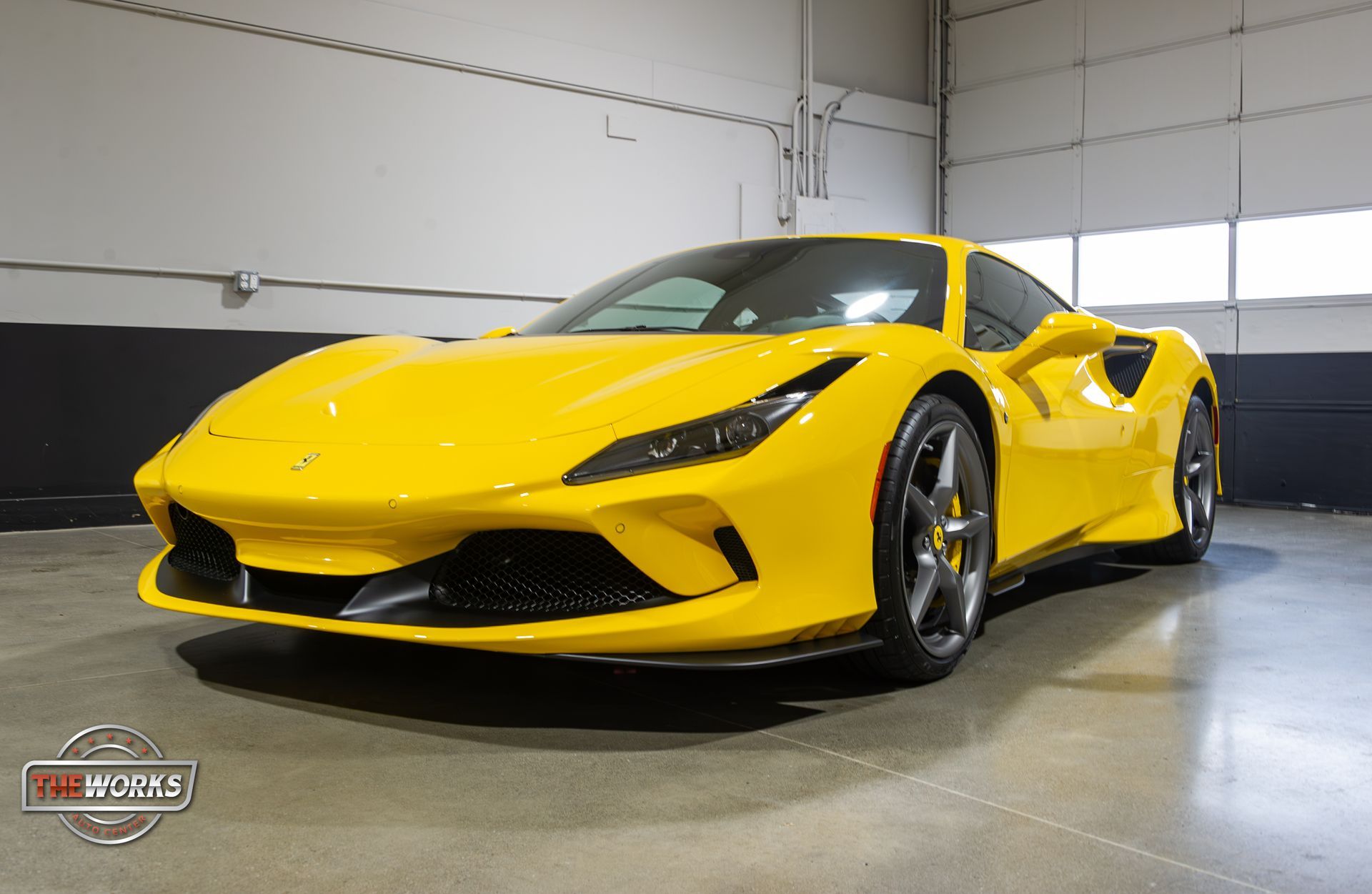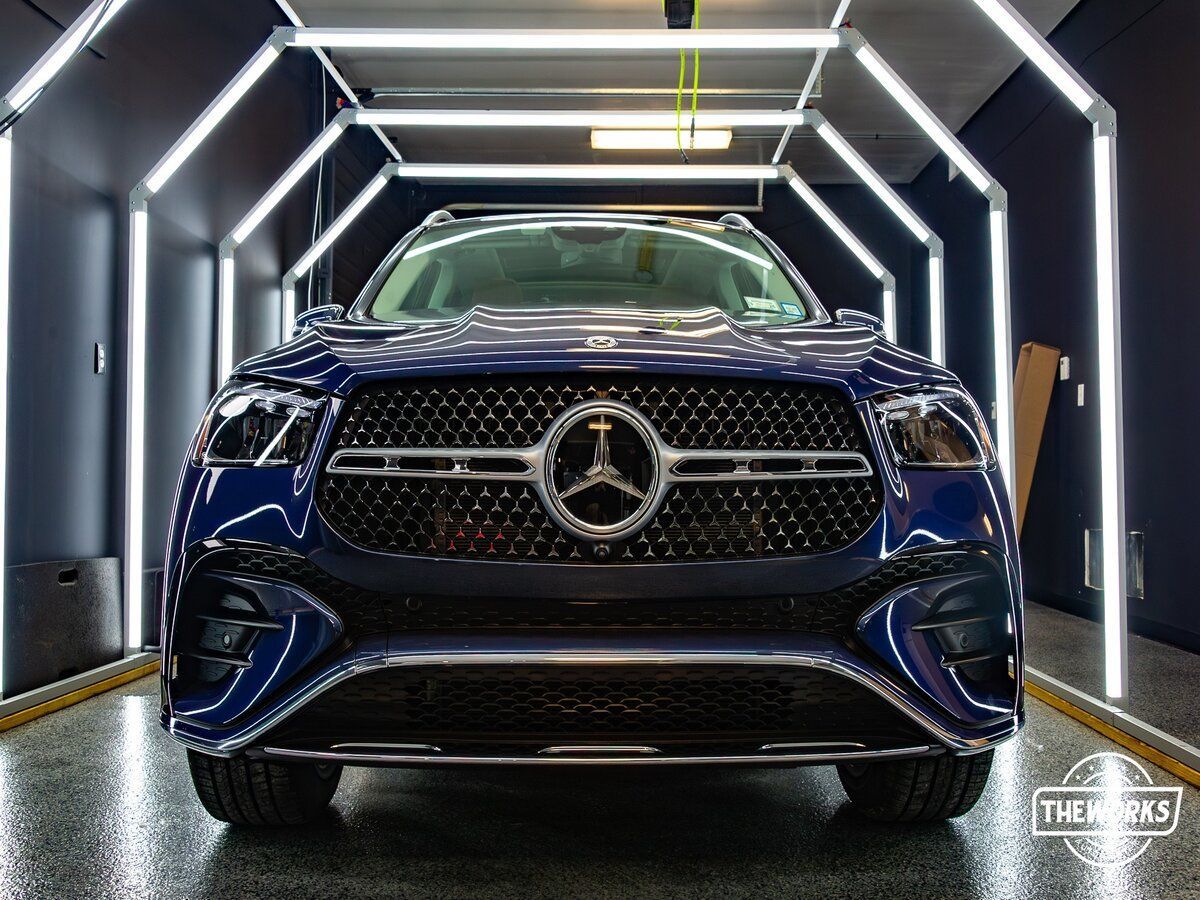PPF and Car Wraps: What’s the Difference and Which is Best?
Choosing between paint protection film (PPF) and a car wrap for your vehicle isn’t just a superficial consideration; it's a substantial decision that can significantly impact your car's appearance and longevity. At first glance, both options may seem to serve similar purposes, but their differences go beyond mere aesthetics. The careful selection matters because each choice brings its own set of advantages tailored to different needs.
Overview of Paint Protection Film
A paint protection film serves as an invisible armor for your vehicle, providing an essential layer of defense without altering its sleek appearance. The film is a necessity in protecting your car's resale value, particularly for those diligent about maintaining their vehicle's aesthetic appeal. Its composition, typically polyurethane or similar materials, offers a perfect blend of flexibility and durability, which is crucial for safeguarding against everyday hazards like stone chips, dirt, and grime.
One significant advantage of PPF is its self-healing properties; minor scratches can disappear when exposed to heat from the sun or warm water. This feature ensures that your vehicle continues to look pristine even after years of use. A PPF application can be seen as an investment in long-term care for your vehicle. Not only does it protect against physical damage, but it also acts as a shield against UV rays that cause fading and oxidation over time.
Benefits of PPF
Beyond just visual protection, a paint protection film is invaluable for individuals driving in harsh environments. For instance, if you live in areas with extreme weather—like heavy rain, hailstorms, or intense sunlight—you may find PPF to be a lifeline for maintaining your vehicle’s paint integrity. It effectively defends against common perils such as rock chips, road salt corrosion during winter months, and various environmental contaminants found on urban roads.
Installation Process
The installation process stands as a pivotal component in ensuring PPF functions optimally. Achieving a flawless application requires professional expertise due to the precision involved in fitting and heat application; any errors here could compromise the film’s performance. To provide some context, statistics indicate that professional installation can significantly reduce the likelihood of bubbles and imperfections by up to 90%.
What is a Car Wrap?
A car wrap is essentially a large vinyl film that’s meticulously applied to the exterior of a vehicle. It serves both a functional and aesthetic purpose, dramatically transforming the look of the car while also providing a layer of protection for the original paint underneath. This method allows car owners to express themselves creatively, as the possibilities are nearly limitless: from bold colors to intricate graphics and even textured finishes like matte or gloss.
Versatility of Car Wraps
Beyond personal aesthetics, car wraps have found immense utility in the business domain as well. Companies have brilliantly turned their vehicles into mobile advertisements, effectively promoting their brands wherever they go. Whether it's a food truck showcasing its menu or a service van displaying contact information, wraps transform ordinary cars into powerful marketing tools.
Application Process
Initially, it starts with thoroughly cleaning the car’s surface; any dirt or dust will interfere with adhesion. Next comes measuring and cutting the vinyl—this step demands precision to ensure that every panel is adequately covered without excessive waste.
Once cut, the installation requires careful application to avoid air bubbles that could mar the final appearance. Professional installers often use squeegees for this purpose. Then, heating elements come into play; by applying gentle heat, the vinyl becomes more pliable, allowing it to seamlessly mold around curves and contours of the vehicle.
While some DIY enthusiasts may be tempted to undertake this project alone using kits available online, professional installation can guarantee a superior finish. Not only do professionals have access to better materials and tools, but they also possess the expertise needed for complex designs.
Durability and Protection Levels
When evaluating durability, paint protection film (PPF) clearly stands out, primarily due to its thicker composition. Typically ranging from 6 mil to 10 mil in thickness, PPF creates a strong barrier against various forms of damage. This substantial thickness translates to enhanced resilience against everyday hazards like gravel, small stones, and even minor bumps with shopping carts.
Interestingly, research indicates that vehicles adorned with PPF are 30% less likely to sustain paint damage stemming from road debris. This significant statistic embodies why many car enthusiasts and owners prioritize paint protection film over alternatives. On the other hand, it's essential to acknowledge that car wraps, while not as robust as PPF, still possess unique protective characteristics.
Comparative Analysis
Car wraps generally fall between 2 mil to 4 mil in thickness. Although thinner than PPF, they can still provide adequate cover against minor scratches and UV rays. However, it’s essential to note that while they excel in aesthetic transformation—offering a vast array of colors, finishes, and textures—they don't deliver the intense or comprehensive protection PPF provides.
It's a balance between function and form: if your primary concern is shielding your vehicle from rigorous wear and tear, a paint protection film is undoubtedly the more suitable choice. Meanwhile, if you’re simply looking to refresh your vehicle's appearance with some added light protection, a car wrap may meet your needs without sacrificing style.
While both options serve their purposes effectively, the decision should hinge on how you intend to use your vehicle. For those who venture off-road or frequently encounter high-risk driving environments, investing in PPF could save you money on future repairs. On the other hand, for urban dwellers who want a fresh look with decent protective qualities against sunlight and minor abrasions, car wraps provide an attractive solution without overwhelming commitment.
Customization and Aesthetic Options

One of the most compelling aspects of car wraps is their incredible range of customization possibilities. Car wraps allow you to transform your vehicle into a unique expression of your personality without the permanence of a paint job. You can select from an extensive palette of colors—think beyond basic hues to include vibrant shades, intricate patterns, and even eye-catching designs like graffiti or custom graphics. The result is not only a head-turner but something that reflects who you are.
In terms of finishes, wraps offer versatility that caters to various tastes. Whether you prefer the sleek elegance of a gloss finish, the understated sophistication of a satin sheen, or the rugged appeal of matte and textured options, there’s something for everyone. Unique choices may include specialty finishes like pearlescent or chrome that add extra flair. This flexibility is particularly appealing to car enthusiasts looking for ways to differentiate their vehicles at car shows or meets.
As beautiful as wraps can be, it's important to remember that while they excel in providing aesthetic changes, they don’t typically offer the same level of protection against impacts and scratches compared to PPF.
Limitations of PPF
On the contrary, when it comes to paint protection film, its primary function is safeguarding the paintwork rather than altering the look. PPF is usually clear, which means it won’t significantly change your car's visual aspect; however, it enhances the depth and clarity of the existing color. Many owners appreciate that it can keep their vehicle looking brand new for years.
The decision between opting for vinyl wrap versus PPF heavily depends on individual priorities—whether you desire extensive styling modifications or superior paint protection becomes critical in making your choice.
Maintenance Insights
If you’re leaning toward a car wrap, it's essential to adopt a routine of cleaning and care that combines effective products without harsh chemicals. For instance, using a gentle soap solution when washing can prevent damaging the vinyl while maintaining its aesthetic appeal. Regular waxing every few months can also keep the wrap looking fresh longer.
If you choose PPF for its resilience and longevity, you'll find that occasional washes are typically all that's needed. This minimal approach allows you to enjoy your vehicle without frequently worrying about wear and tear.
Making the Best Choice for Your Vehicle
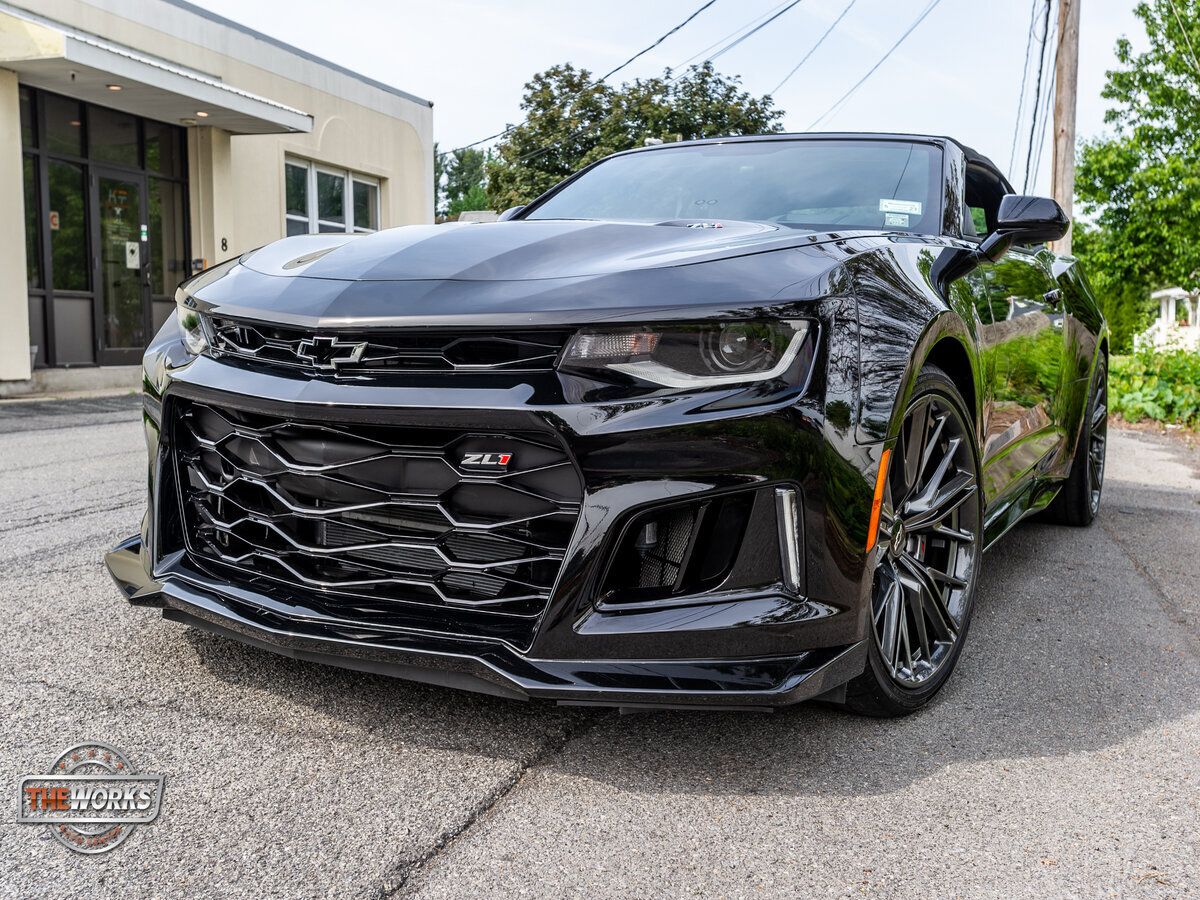
Assessing your requirements is vital. Start by thinking about how you use your vehicle. If you frequently navigate rough roads or have children who might inadvertently scratch the exterior, a paint protection film emerges as an essential protective layer. It provides a robust barrier against chips and scratches, ensuring that the paint beneath remains untouched and pristine.
On the other hand, if you're someone who enjoys regularly changing their car's look or expressing a particular style, a vinyl wrap would be the go-to option. These wraps can come in virtually any color or design, offering the freedom to transform your vehicle’s appearance without altering the original paint job. However, it's not just functionality that plays a role in your decision; it’s also about personal taste and priorities.
Still Undecided Between Paint Protection Film and Wraps?
When choosing between a wrap and paint protection film (PPF), consider both your lifestyle and your vehicle’s needs. Wraps are favored by motorsports enthusiasts for their flexibility and eye-catching designs. If you’re aiming for long-term protection for a luxury or classic car, paint protection film (PPF) is the better choice due to its superior durability, which often exceeds that of vinyl wraps.
For top-notch protection and style, try consulting with The Works Auto Center. Our expert paint protection film service ensures your car’s exterior is both safeguarded and stylish. Schedule an appointment and learn more about our PPF services!
